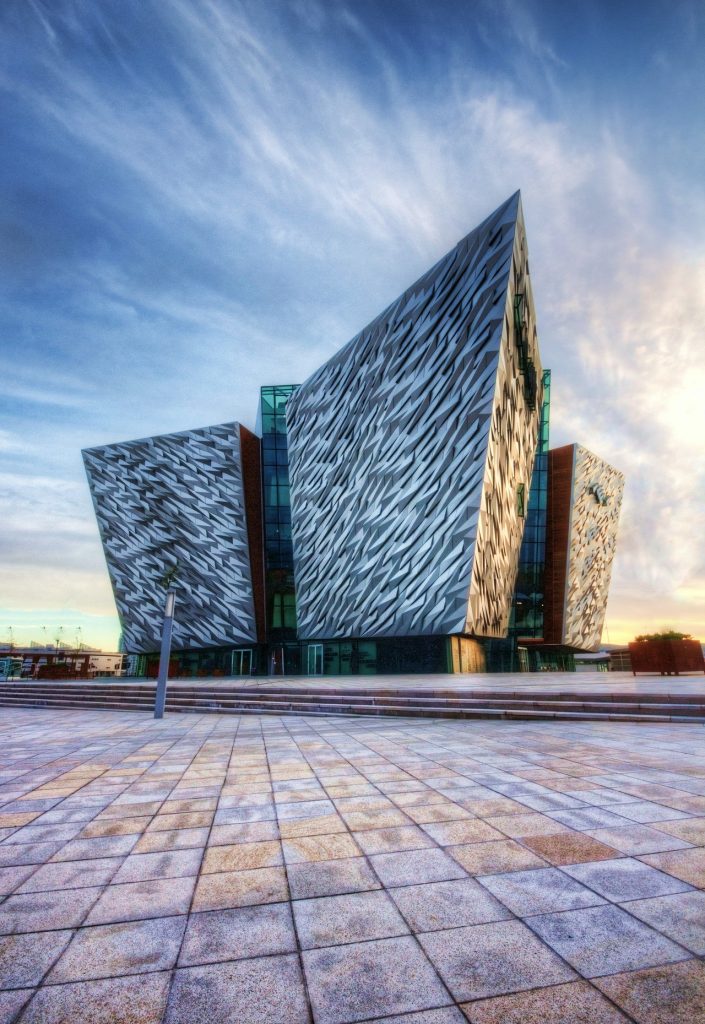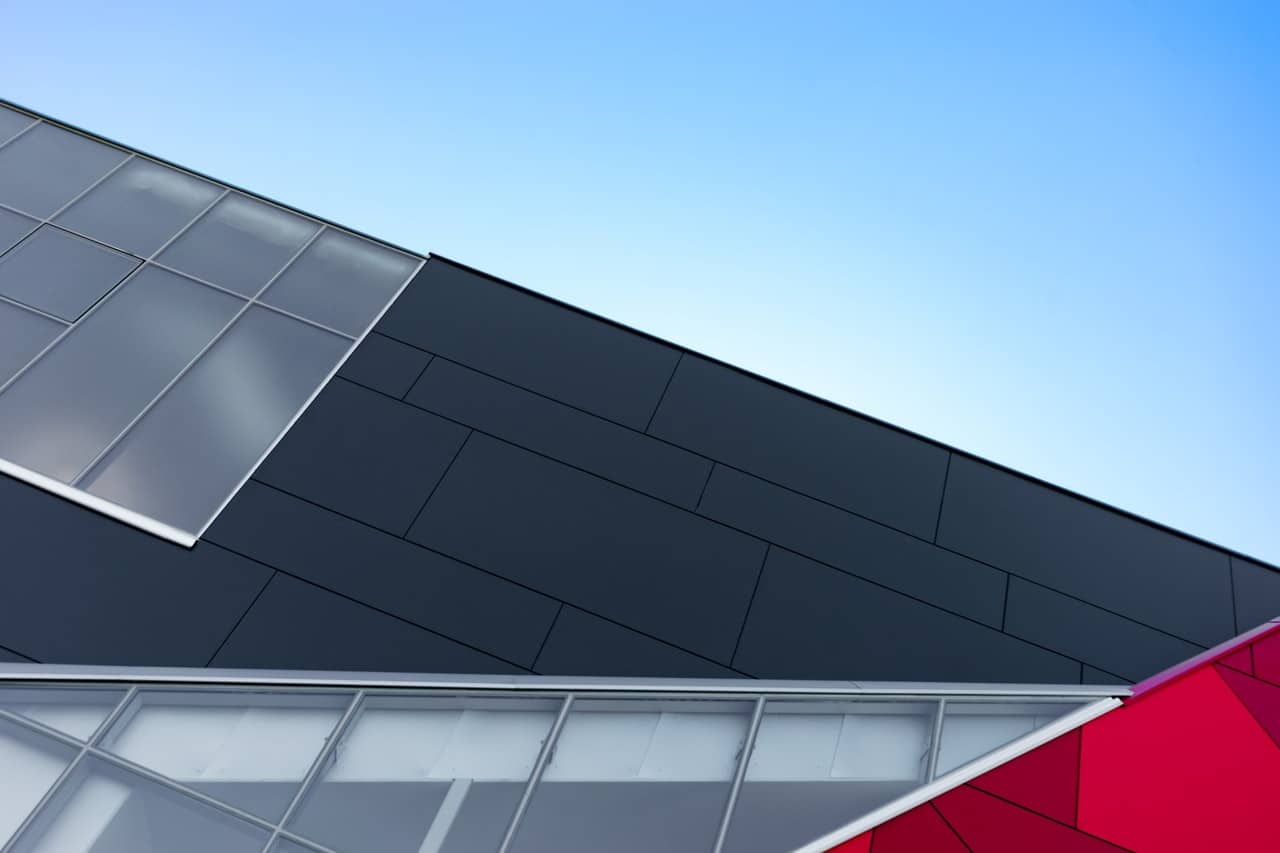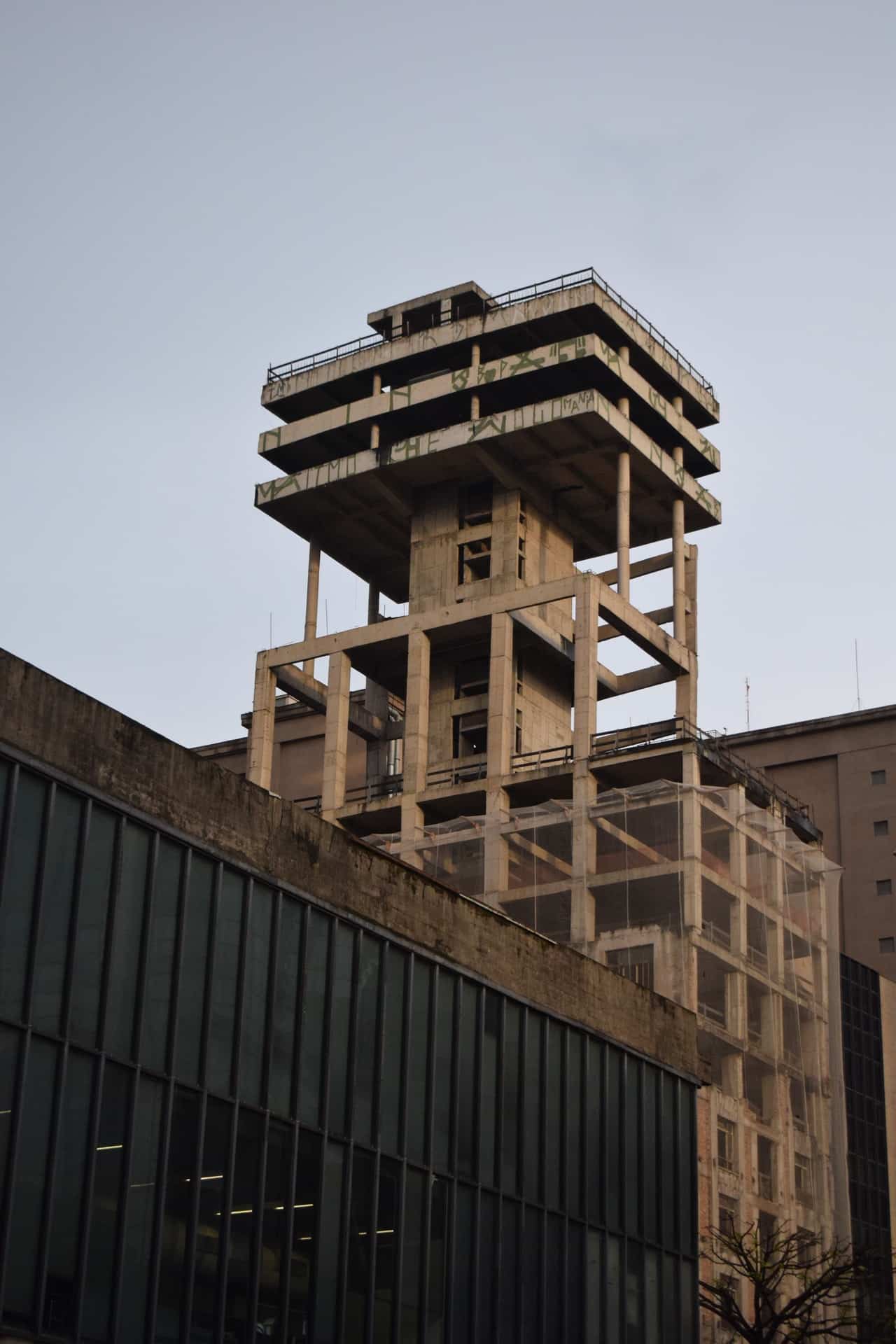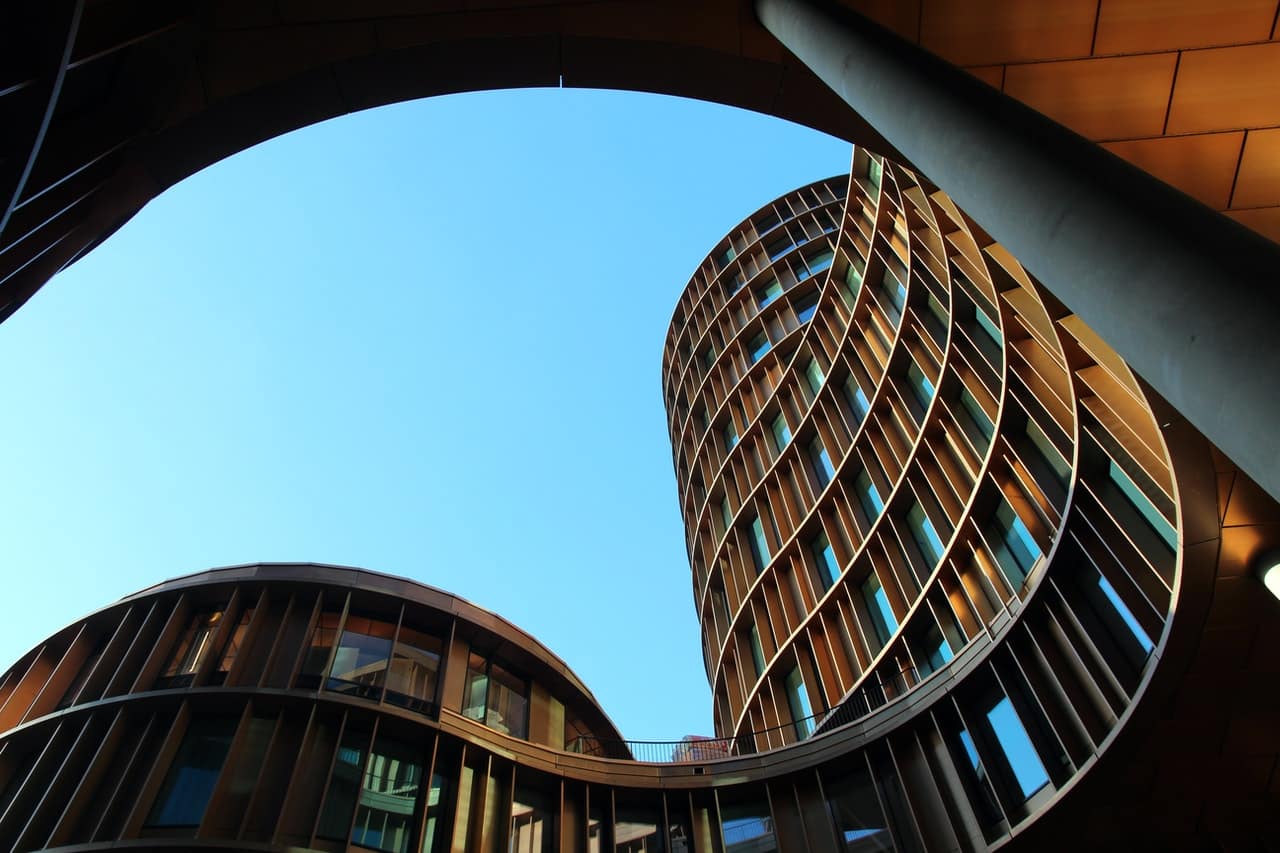The world of architecture can be broken down into eight main sub sections:
Commercial
Residential
Industrial
Interior design architecture
Sustainable/ Green design
Conservation
Landscape
Urban design
Oftentimes, architects will spend their careers specializing in a specific field and really focus on honing their craft. Despite the foundations of architecture being universal, with the goal always focused on the building and design of structures, the different types of architecture all have varied needs. Each type requires a different skillset and varying knowledge for success. Each of the different types of architecture also come with their own unique challenges and the need to understand that specific sector becomes even more important — for example, think about the architectural differences behind building a house from what it would mean to build a golf course. To go into more detail of each, let’s explore the eight different types of architecture:
Commercial architecture: This type specializes in designing buildings like retail shops, hotels, museums, office towers, public buildings, and non-residential properties. The focus of this segment is any building that is funtunctional for a large number of people. Since these projects are often large scale, they usually require a big team of architects and consultants to achieve the finished product.
Residential architecture: This type focuses on designing private homes for clients, depending on their needs as well as the environment where they live. Residential architecture is focused on dwellings — either working with developers who source a high output of similarly styled homes or private clients interested in unique, stylish homes. Oftentimes, the goal of a residential architect is to get away from the basic cookie cutter homes and design something that is both unique and trendy.
Interior design architect: Interior design architecture is a specialization that looks at the inside of a home, building, or space, from the furnishings, to the lighting to the color palette. Unlike interior designers, the architects are focused on structural components of how the design will take shape, as opposed to the decor within a space. If you enjoy the detailing and like designing the inside of a structure, this type of architecture may be for you.
Green design architect: Also known as sustainable architects, this type focuses on designing environmentally friendly and energy efficient spaces for commercial and residential clients. It’s all about energy-efficient and eco-friendly designs. Architects in this field usually also focus on using sustainable materials, such as capitalizing on a local supply chain in terms of where labour and material are coming from, while also developing innovative designs that fit in natural environments.
Industrial design architect: This type is all about the function and practical use of a space, often designing warehouses, factories, storage facilities, and transportation terminals. The main goal in this type of architecture is creating a space that will streamline the operations of a business — one that focuses on input and output, as well as efficiency for their client.
Conservation architect: A conservation architect is also sometimes referred to as a restoration architect. Both of these mean that you will be preserving historically important structures, such as museums, castles, palaces, and other structures that hold significant historical interest. It’s not about designing a new building, but being able to work within the realm of a pre-existing structure. In this field, there also needs to be a foundational understanding of the legislation and regulations around renovating buildings. The main focus is to maintain the structure and integrity while preventing the structure from deteriorating.
Landscape architect: Landscape architecture specializes in the design and development of outdoor spaces, such as gardens, parks, golf courses and public squares. Architects working in this segment should have a solid understanding of horticulture and how climate, location and greenery within an environment will impact the design. A passion for these outdoor spaces, as well as how they can be improved or maximized to their full potential is a benefit to architects who choose this specialty.
Urban designer: This type focuses primarily on city planning, and designing an area as a whole, rather than just one building or structure. They are involved in the planning process of where new buildings should be developed within a city and also focus on improving existing infrastructure.This is another architecture specialty that is focused on large-scale projects and design, since you are both planning and developing cities, so they often work on bigger teams to complete the design.



